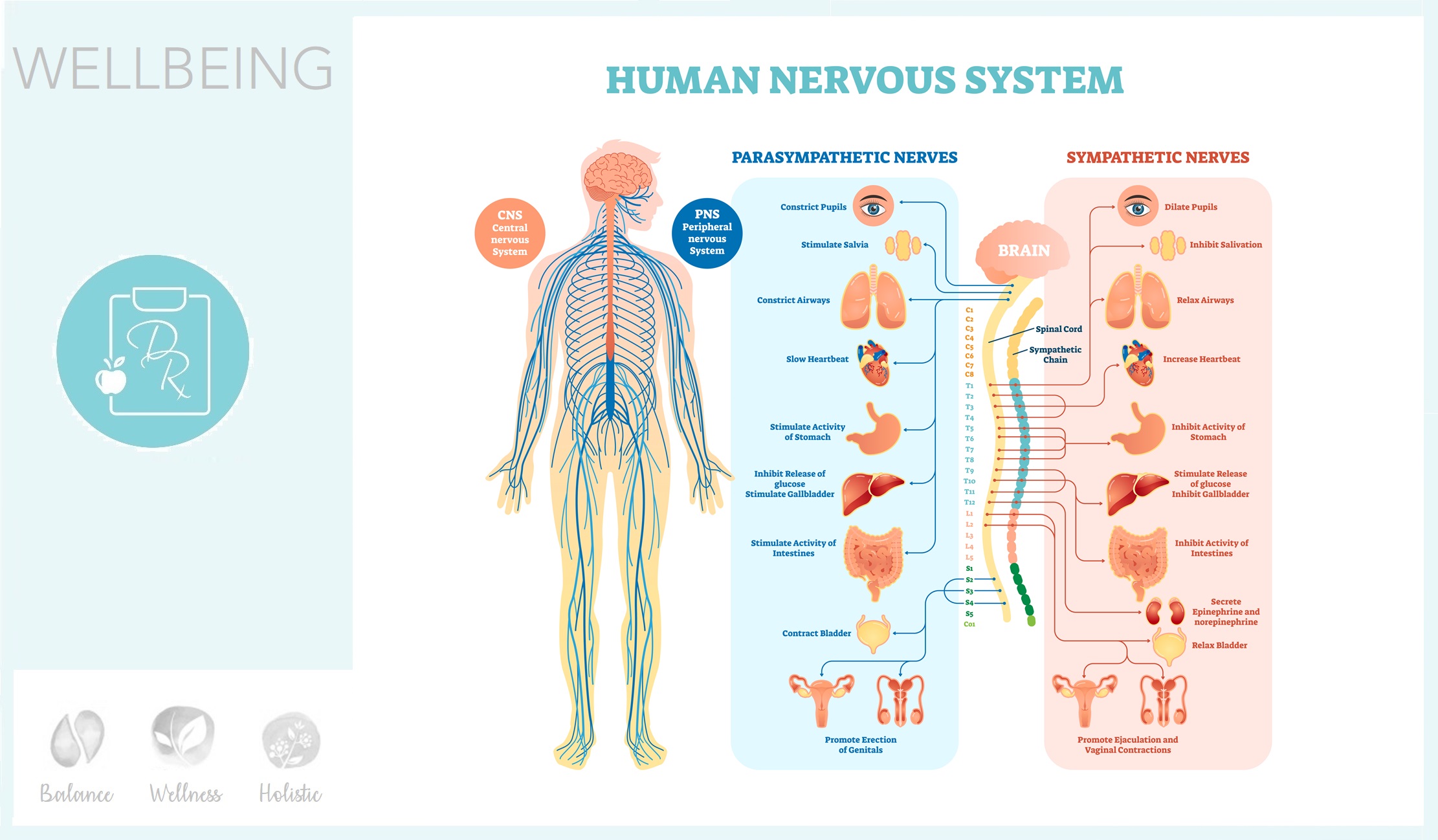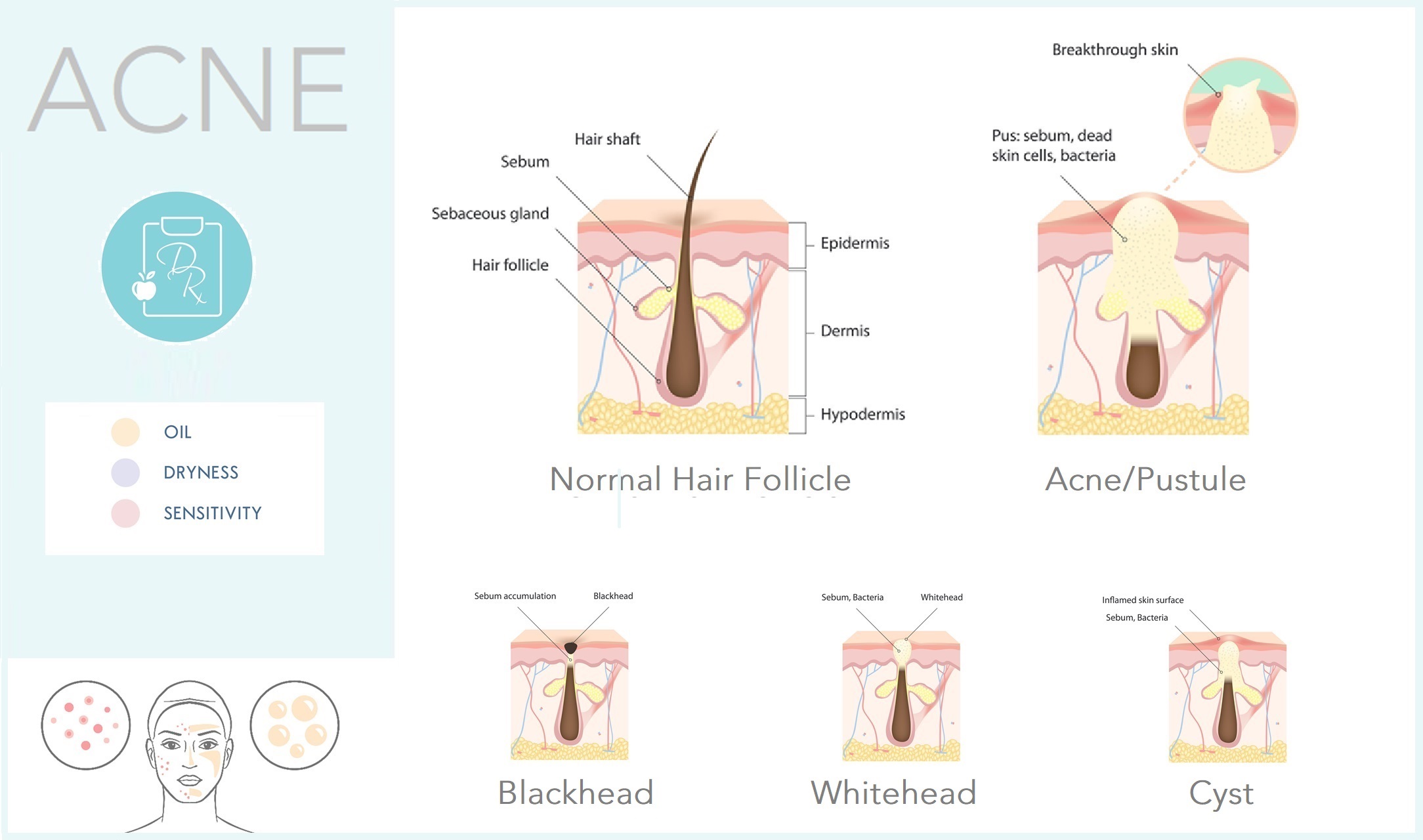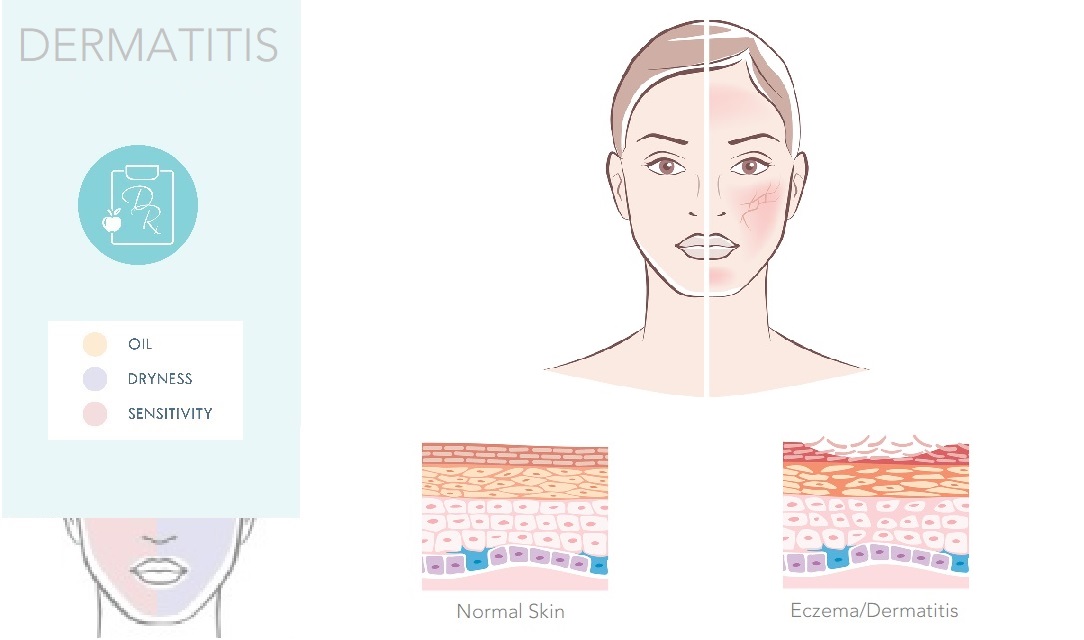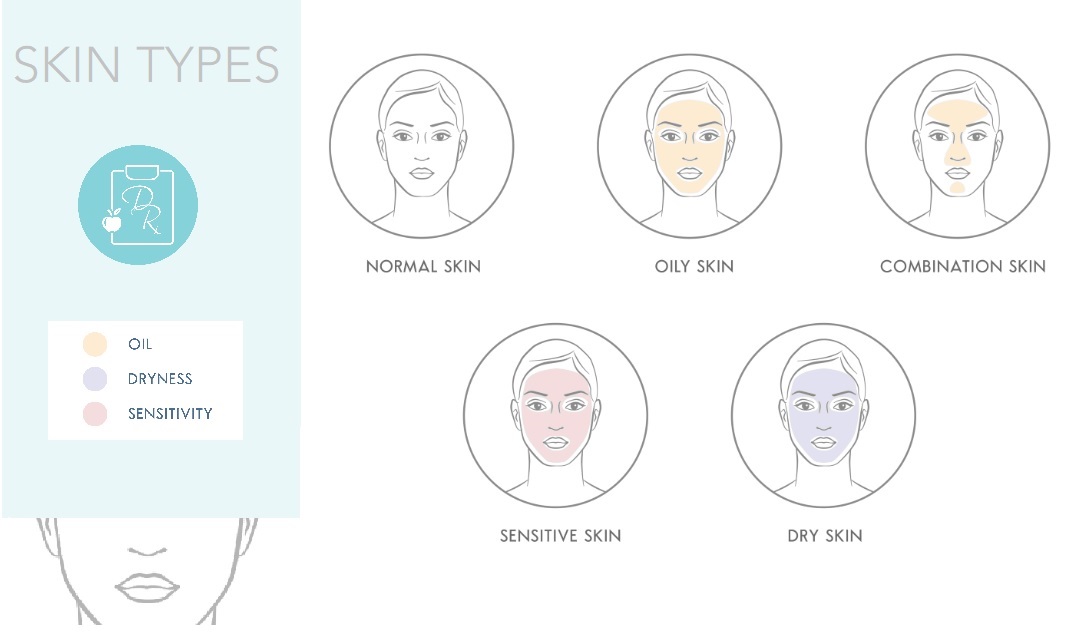Stress Physiology

Stress Physiology
Many of you would have heard of the ‘fight or flight response’. This is a common phrase to colloquially describe the physiological reaction that occurs when the human body is faced with something that is perceived as a threat to their survival. The cascade of events that happen throughout your body during this time is triggered by the release of hormones that are priming your body to either stay and ‘fight’ or to take ‘flight’ i.e. run away to a safe place.
All of us would be familiar with the feeling of this stress response. It could have been when you came face to face with an animal you were scared of when you were a child, or the tense moment before you faced a large crowd to give a speech. In either situation your mind was bracing itself for a threat- physical or psychological. In either of these scenarios you often notice your heart racing, your breathing becomes more rapid and you can feel yourself tense up, sometimes with the hairs on your neck or hands standing on end.
All of this is happening because of your body’s nervous system. The nervous system is comprised of ‘nerves’ which are responsible for most sensory events. The nervous system can be largely classed into the two groups- The sympathetic nervous system and the parasympathetic nervous system. In short- the sympathetic nervous system is the one that triggers your adrenaline system and the parasympathetic nervous system is the opposite. The diagram above is a quick summary of what happens when both pathways are activated.
This fight or flight response is essential to our body’s survival system. If triggered in the right situation, it allows us to become more efficient and perform well under pressure. Think about the time when you had a deadline coming up for work or for school. You may have procrastinated right up to the 2 days before the deadline. But suddenly, 2 days before the deadline, you somehow manage to gather up your concentration and work at a pace much faster than you did in the previous 2 weeks. This is a typical example of the fight or flight response working well in everyday situations. On the other hand, this same trigger system can be a hindrance which manifest in conditions such as ‘post-traumatic stress disorder’ or phobias. People who suffer from these conditions can feel the same reaction within their body years after the traumatic event, as if the threat was standing in front of them. For example, a __ year old patient of mine would experience a dry mouth, a racing heart and hairs standing on end whenever she saw a bird approach 2 metres away. We later discovered that it was because she was chased by a duck in kindergarten.
So, what’s the point about discussing the above? Stress can play a crucial role in many skin conditions such as acne, eczema, psoriasis and rosacea. Reducing your response to stress and keeping your ‘fight or flight’ response in check is a crucial key to helping your skin stay calm in the long term.
The knowledge of your fight or flight response allows you to notice yourself tensing up in every day situations. You can begin to figure out whether there are seemingly simple events in your day to day life that stress you out. This will allow you to notice subtle signs of your own stress reaction and you can learn to counteract this by relaxing your body and mind.


